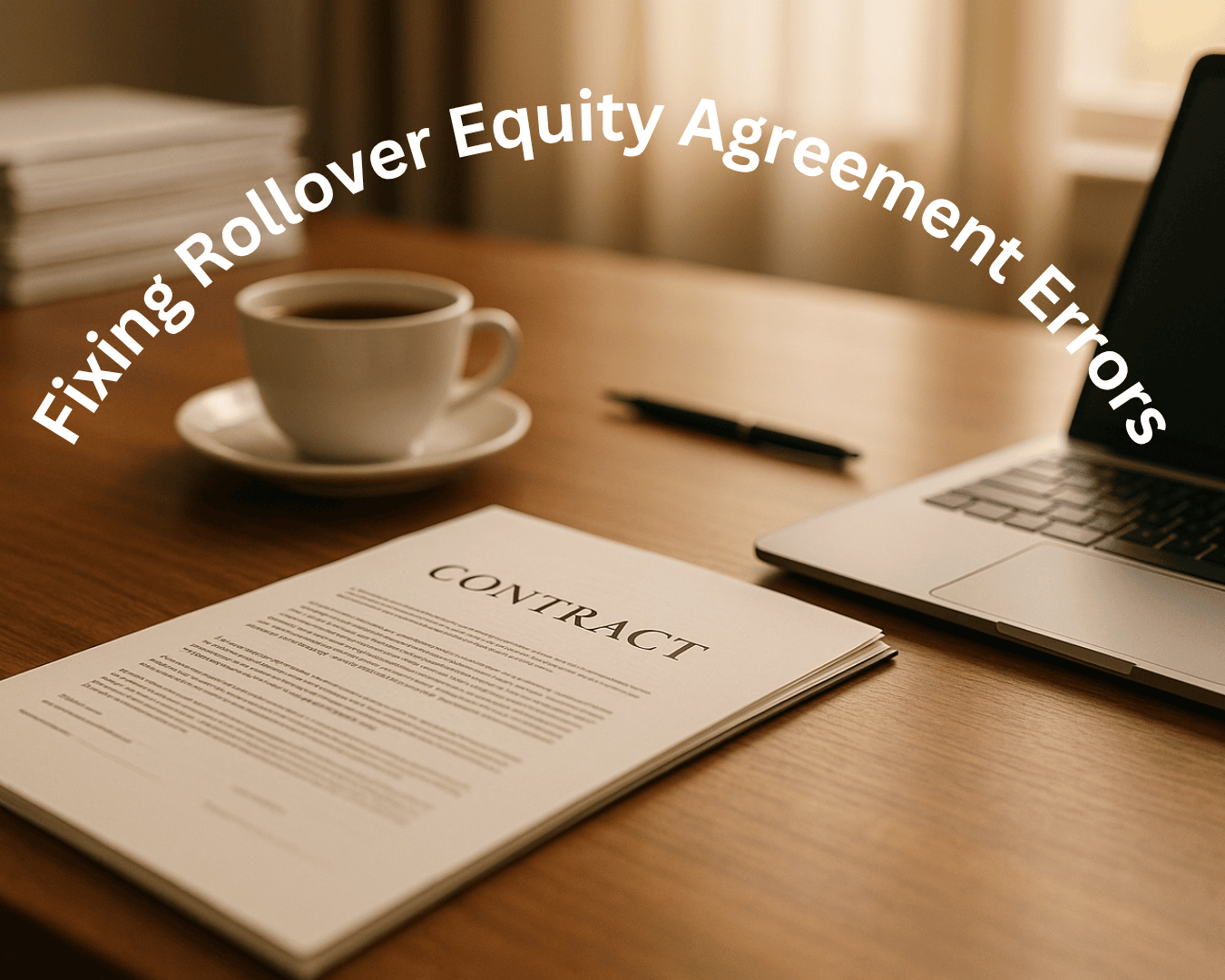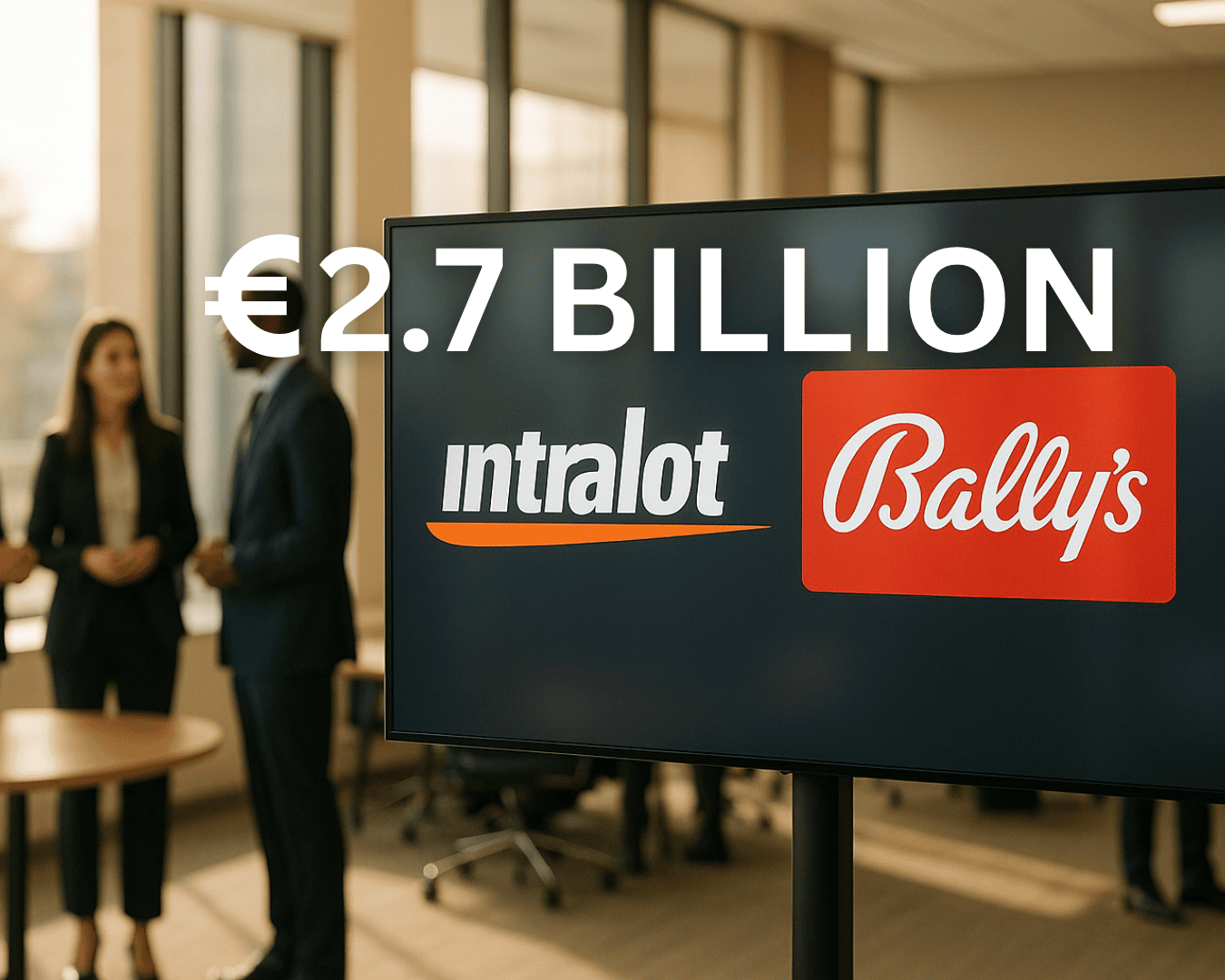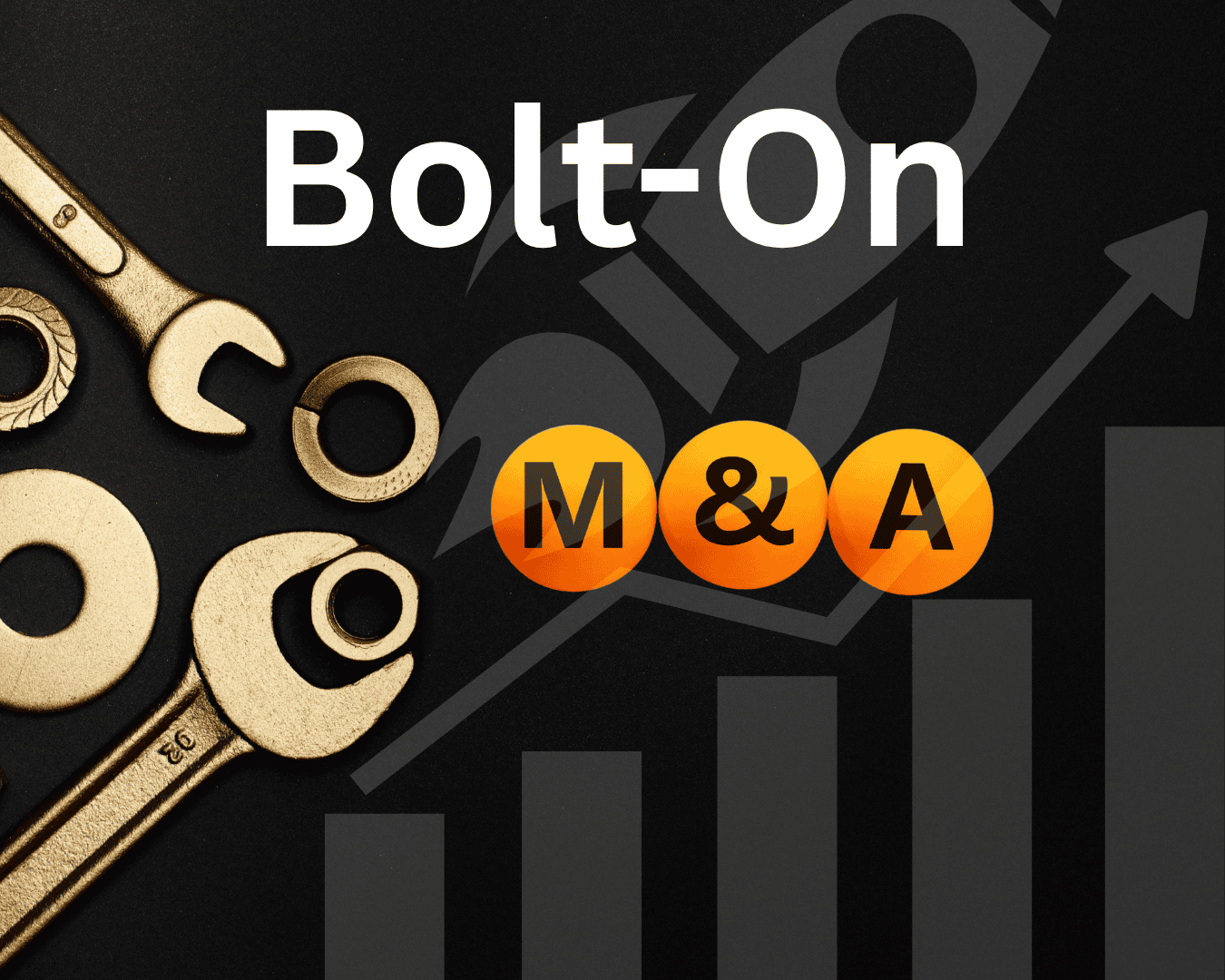Working capital is a critical factor in mergers and acquisitions (M&A), influencing purchase price, cash flow, and post-closing operations. In M&A, working capital is typically calculated as current assets (excluding cash) minus current liabilities (excluding debt). This "cash-free, debt-free" approach ensures the buyer acquires a business with enough liquidity to operate smoothly after closing.
Key points to know:
- Why it matters: Working capital impacts the deal's value and ensures operational continuity. Missteps can lead to disputes or unexpected costs.
- What’s included: Accounts receivable, inventory, prepaid expenses, accounts payable, accrued expenses, customer deposits, and deferred revenue.
- What’s excluded: Cash, marketable securities, short-term debt, lines of credit, and related-party receivables/payables.
- Challenges: Seasonal fluctuations, one-time items, and disputes over definitions can complicate calculations.
- Negotiations: Buyers often aim for higher working capital targets, while sellers push for lower targets. Clear definitions in the purchase agreement reduce disputes.
- Post-closing adjustments: A true-up period (30-90 days) ensures fair adjustments based on actual working capital at closing.
Accurate calculations, thorough due diligence, and clear agreements are essential to avoid disputes and ensure a successful transaction.
Negotiating Net Working Capital Adjustments in M&A – Definitions and How to Calculate
Key Components of Working Capital in M&A
Understanding the assets and liabilities that make up working capital in mergers and acquisitions (M&A) is crucial. What gets included or excluded can directly impact the purchase price and the future operation of the business. These components play a central role in negotiations and due diligence.
Included Assets and Liabilities
Several current assets are typically part of M&A working capital. For instance, accounts receivable - the money owed by customers for goods or services already delivered - often represents a significant portion of a business's revenue stream. This is critical as the buyer will continue collecting these payments after the acquisition.
Inventory is another key component. It includes finished goods ready for sale, raw materials, and work-in-progress items. For manufacturing businesses, inventory can make up a large share of working capital. In contrast, service-based businesses usually have minimal inventory. Prepaid expenses - such as insurance premiums, rent deposits, or annual software subscriptions - are also included, as they provide future economic benefits to the business.
Operational petty cash, like the cash kept in registers for retail operations, is typically part of working capital as well.
On the liabilities side, accounts payable - the amounts owed to suppliers for goods and services received but not yet paid for - often ranks as the largest current liability. Similarly, accrued expenses, which might include unpaid payroll, vacation time, or utility bills, are included since the buyer will take on these obligations after the deal closes.
Other liabilities, such as customer deposits and deferred revenue, are also included. These represent payments received for goods or services not yet delivered, creating future obligations for the buyer to fulfill.
Excluded Items in M&A Working Capital
The principle of "cash-free, debt-free" is a standard in M&A transactions. This means cash, marketable securities, and other short-term investments are excluded, as sellers retain these assets at closing. Buyers are expected to arrange their own financing and working capital.
Short-term debt and lines of credit are also excluded because sellers typically settle these obligations before closing. This leaves buyers to establish their own financing arrangements.
Other exclusions include related-party receivables or payables, which are not part of normal business operations and are resolved before the transaction closes. Taxes payable are handled separately and do not factor into the working capital calculation.
| Included in M&A Working Capital | Excluded from M&A Working Capital |
|---|---|
| Accounts receivable | Cash and cash equivalents |
| Inventory (finished goods, raw materials, WIP) | Marketable securities |
| Prepaid expenses | Short-term debt |
| Operational petty cash | Lines of credit |
| Accounts payable | Related-party receivables/payables |
| Accrued expenses (payroll, utilities) | Taxes payable |
| Customer deposits | |
| Deferred revenue |
The exact definition of what is included or excluded often becomes a focal point in negotiations. It’s essential to clearly outline these details in the purchase agreement to avoid disputes. During due diligence, both parties carefully evaluate items that fall into gray areas to determine their relevance to operations and how they should be treated.
For businesses working with Clearly Acquired, business brokers & AI-powered tools simplify the process by identifying and categorizing working capital components. This reduces errors and makes due diligence more efficient—especially for Main Street and lower mid-market transactions, where financial systems are often less advanced.
These definitions lay the groundwork for precise negotiations and adjustments throughout the transaction.
Calculating Working Capital in M&A Deals
Getting the working capital calculation right is critical in M&A deals. Even small missteps can lead to post-closing disputes. This process requires more than just plugging numbers into a formula - it demands a thoughtful analysis and careful adjustments to reflect the business's actual operational needs.
Accurate calculations play a key role in shaping the deal terms, building on the components outlined earlier.
Standard Calculation Methods
The typical formula for net working capital (NWC) in M&A transactions is:
Net Working Capital (NWC) = Current Assets (excluding cash) - Current Liabilities (excluding debt)
Most deals follow a cash-free, debt-free structure, meaning the seller retains any cash and settles outstanding debt before closing. This leaves the buyer with a clean slate. Here's how it works:
- Current assets include accounts receivable, inventory, and prepaid expenses but exclude cash, cash equivalents, and marketable securities, which stay with the seller.
- Current liabilities include accounts payable and accrued expenses but exclude short-term debt, lines of credit, and taxes payable.
For example, let’s say a manufacturing company has $800,000 in accounts receivable, $400,000 in inventory, $50,000 in prepaid expenses, $300,000 in accounts payable, and $150,000 in accrued expenses. The NWC calculation would look like this:
NWC = ($800,000 + $400,000 + $50,000) - ($300,000 + $150,000) = $800,000
While this formula provides a starting point, adjustments are often required to align with the company's true operational needs.
Adjusting for One-Time and Seasonal Items
Financial statements don’t always tell the whole story. Non-recurring or one-time items can skew the numbers, making normalization adjustments essential. For instance:
- Exclude one-time receivables, extraordinary payables, or unusual prepayments. If a company received a $100,000 prepayment for a one-time special order, this amount should not be included in the normalized NWC.
Seasonal fluctuations also require attention. A retailer might show inflated inventory levels in October to prepare for holiday sales, but this spike doesn’t reflect the usual operations. Analyzing monthly or quarterly working capital trends over several years can help identify patterns and determine a realistic level for the closing date.
Creating a detailed normalization schedule during due diligence ensures transparency. This documentation helps both parties agree on adjustments, reducing the chances of future disagreements.
Setting Working Capital Targets
Once the numbers are normalized, the next step is setting a reliable working capital target. This target represents the level of NWC the buyer expects to receive at closing and has a direct impact on the purchase price through adjustments.
Typically, the target is based on historical financial data, often using a trailing 12-month average to account for regular business cycles and seasonal variations. Buyers generally advocate for a higher target to lower the purchase price, while sellers push for a lower target. The final figure reflects a balance of historical performance, industry benchmarks, and the working capital needed for smooth post-closing operations.
For smaller businesses, tools like Clearly Acquired’s AI-powered analytics can streamline the process. These tools analyze historical trends, identify seasonal patterns, and recommend targets aligned with industry standards, saving time and improving precision.
Once both parties agree, the working capital target is included in the purchase agreement along with the method for calculating the actual NWC at closing. If the final NWC differs from the target, the purchase price is adjusted during a true-up process, usually within 30 to 90 days after closing.
sbb-itb-a3ef7c1
Working Capital Adjustments and Negotiations
Working capital adjustments are often one of the trickiest aspects of M&A transactions. These adjustments ensure buyers acquire a business with sufficient liquidity while preventing sellers from unfair reductions in the purchase price. Knowing how these adjustments work - and negotiating them effectively - can make or break a deal.
How Working Capital Adjustments Work
At their core, working capital adjustments are a mechanism to balance the purchase price based on changes in a company’s liquidity between signing and closing. The concept is straightforward: if the actual working capital at closing is higher or lower than the agreed-upon target, the purchase price adjusts accordingly.
Here’s how it plays out: when the deal is signed, both parties set a working capital target, usually based on historical averages. At closing, the actual working capital is compared to this target. If it’s $50,000 above the target, the buyer pays $50,000 more. If it’s $30,000 below, the purchase price drops by that amount.
But the process doesn’t stop there. Most deals include a post-closing true-up period, typically lasting 30 to 90 days. During this time, the buyer recalculates working capital using audited figures. Any differences between the estimated and actual numbers lead to further adjustments to the purchase price. This two-step approach ensures both flexibility and accuracy.
Working capital adjustments are a standard feature in almost every private M&A deal in the U.S. These adjustments can significantly impact the seller’s net proceeds - sometimes by 20% or more of the purchase price. With so much at stake, understanding how to negotiate these levels is crucial.
Negotiating Working Capital Levels
Negotiating working capital levels is often a delicate balancing act. Buyers and sellers come to the table with different goals, and managing this tension requires preparation, clarity, and strategy.
Buyers typically push for higher working capital targets to reduce their effective purchase price, while sellers aim for lower targets to maximize their proceeds. To support your position, historical data is your best ally. A detailed analysis of monthly working capital trends over the past 12 to 24 months provides an objective foundation for negotiations.
Using seasonal averages can help avoid distortions caused by timing. Even the definition of working capital itself can become a negotiation point. While the standard formula excludes cash and debt, there’s often debate over specific line items like customer deposits, deferred revenue, or warranty reserves. These details matter because they directly influence adjustment calculations.
| Negotiation Aspect | Buyer Approach | Seller Approach | Common Resolution |
|---|---|---|---|
| Target Level | Favor higher targets | Favor lower targets | Use 12-month historical average |
| Asset Inclusion | Include more current assets | Limit asset inclusions | Agree on normalized operations |
| Liability Treatment | Exclude more liabilities | Include operational liabilities | Focus on recurring items |
Clear documentation is critical for avoiding future conflicts. The purchase agreement should include detailed schedules outlining which accounts are included in working capital calculations. Vague language often leads to disputes, which can escalate into costly legal battles.
Technology can also play a role in streamlining negotiations. Platforms like Clearly Acquired’s AI-driven analytics provide objective data and industry benchmarks, helping both parties focus on facts rather than emotions. This approach often accelerates agreements and reduces friction.
Common Disputes and Resolutions
Even with solid frameworks in place, disputes can still arise. In fact, working capital disagreements are among the most common post-closing issues in M&A transactions, accounting for up to 50% of purchase price disputes. Understanding the typical flashpoints can help you structure deals to minimize these conflicts.
Classification disputes are at the top of the list. These disagreements arise when buyers and sellers can’t agree on whether certain items should be included in current assets or liabilities. Often, these disputes stem from unclear definitions in the purchase agreement.
Timing differences are another frequent issue. Sellers may try to inflate working capital by accelerating collections or delaying payments just before closing. Buyers often uncover these tactics during the true-up process, leading to heated debates over what constitutes normal business operations.
Accounting method differences can also cause problems. For example, if the buyer uses accrual accounting while the seller uses cash accounting, working capital calculations can vary significantly. A shift in accounting methods can lead to substantial changes in reported numbers.
To resolve disputes, many agreements include escalation procedures. These typically start with direct negotiations between the parties. If no resolution is reached, mediation or the appointment of an independent accounting firm may be required. The purchase agreement usually specifies that both sides must accept the auditor’s findings, with costs split equally. This approach ensures objectivity and keeps the focus on technical accounting issues.
Preventing disputes is always better than resolving them. Detailed working capital schedules and clear definitions in the purchase agreement can go a long way in avoiding conflicts. When disagreements do arise, maintaining professionalism and relying on factual analysis rather than emotional arguments can lead to quicker resolutions.
Ultimately, successful working capital negotiations come down to preparation, transparency, and thorough documentation. By investing time upfront to define clear targets and expectations, parties can ensure a smoother closing process and minimize post-transaction disputes.
Best Practices for Managing Working Capital in M&A
When it comes to managing working capital during mergers and acquisitions (M&A), accuracy and clarity are non-negotiable. Missteps can lead to disputes or even affect the purchase price by as much as 20%. By focusing on due diligence, leveraging technology, and avoiding common pitfalls, you can ensure smoother negotiations and better outcomes.
Conducting Thorough Due Diligence
A deep dive into financial statements is essential to weed out irregularities that don’t align with normal business operations. Start by reviewing accounts receivable aging reports to identify uncollectible accounts and analyzing inventory to uncover potential obsolescence. Similarly, examine accounts payable aging to spot any unusual payment patterns.
Cross-referencing general ledger entries with balance sheet data is another critical step. For example, related-party payables might be misclassified as standard accounts payable, which could skew calculations. These should be adjusted and excluded where necessary.
Historical data covering 12 to 24 months can reveal trends like seasonal patterns or one-time events that may need normalization. For instance, if inventory levels spike during specific seasons, adjusting for these fluctuations ensures the working capital target reflects typical operations.
One-time items - such as temporary staffing costs, litigation settlements, or irregular customer orders - can also distort calculations. Removing these anomalies creates a normalized balance sheet that better represents the company's sustainable working capital levels.
Every adjustment should be meticulously documented. Include a written explanation, the dollar amount, and supporting evidence like contracts, invoices, or emails. This level of detail can prevent disputes down the road.
Using Technology for Accuracy
Technology can take much of the manual labor out of working capital analysis, making the process faster and more reliable. Advanced platforms can pull data directly from accounting systems like QuickBooks or NetSuite, reducing transcription errors and ensuring consistent calculations.
For example, Clearly Acquired’s AI-driven platform integrates deal management with financial analysis tools, allowing users to upload historical financial records, perform variance analysis, and generate normalized working capital calculations automatically. This eliminates the hassle of switching between multiple software systems and reduces the risk of inconsistencies.
Collaboration tools can also play a big role. Centralized data rooms make it easier to share adjustments, notes, and documentation securely among buyers, sellers, and accountants. Real-time dashboards provide transparency into working capital assumptions and calculations, reducing the chances of last-minute surprises.
Audit trails are another critical feature. They track every change made during the analysis, recording who made it and when. These records are especially useful during post-closing true-ups - typically conducted 60 to 90 days after the deal closes - to verify final working capital figures and address any discrepancies.
Avoiding Common Pitfalls
Some common mistakes in working capital management can lead to major headaches if not addressed early. Misclassification of balance sheet items is a frequent issue. For instance, related-party payables might be incorrectly listed as standard accounts payable, or short-term debt could be included as current liabilities even when the purchase agreement excludes them. Having a consultant review these classifications can help avoid such errors.
Cash handling is another tricky area, particularly in cash-free, debt-free transactions. Sellers might withdraw excess cash right before closing, leaving buyers with insufficient working capital for day-one operations. To avoid this, define "excess cash" clearly in the purchase agreement, setting specific thresholds.
Other pitfalls include misclassifying items like customer deposits, deferred revenue, prepaid expenses, and tax liabilities. Seasonal variations can also be misleading - working capital might appear inflated at closing due to temporary peaks, only to drop sharply afterward. Without proper normalization, buyers could overpay, or sellers might benefit unfairly from these short-term fluctuations.
To address these risks, create detailed working capital schedules as part of the purchase agreement. Clearly outline which balance sheet items are included or excluded and provide precise definitions for any ambiguous terms.
Finally, establish a robust post-closing verification process. The purchase agreement should specify who will prepare the final working capital statement, set review periods for addressing disputes, and define procedures for resolving disagreements. These steps can go a long way in minimizing risks and ensuring a smoother transition.
Key Takeaways on Working Capital in M&A
Working capital is one of the most crucial yet often misunderstood elements in mergers and acquisitions (M&A). Errors in its calculation can impact up to 20% of the purchase price, turning what should be a routine financial task into a potential dealbreaker. Missteps here can lead to unnecessary disputes and costly surprises.
In M&A, working capital takes on a unique definition, distinct from traditional accounting. It excludes cash and debt, focusing solely on the operational assets and liabilities required for daily business functions. This cash-free, debt-free approach ensures the buyer acquires a business that’s ready to operate smoothly from the moment the deal closes - essentially, the business comes with enough "fuel in the tank" to keep running.
To set accurate working capital targets, buyers need to analyze 12 to 24 months of historical data. This helps identify seasonal trends and strip out one-time anomalies that could skew the numbers. Skipping this step can lead to overpaying for artificially inflated working capital or acquiring a business with insufficient liquidity to sustain operations.
The negotiation phase demands precision. Purchase agreements must clearly define which balance sheet items are included or excluded, with specific examples tailored to the industry in question. Without this clarity, disputes are almost inevitable during the post-closing review period, which typically occurs 60 to 90 days after the deal closes. Technology can play a big role in avoiding these pitfalls.
AI-powered tools, like those offered by Clearly Acquired, integrate with accounting systems to automate variance analysis and create normalized calculations. These platforms reduce errors, ensure consistency, and simplify the working capital analysis process, particularly for first-time buyers or those navigating complex transactions.
Post-closing verification requires just as much attention to detail. Buyers should establish clear review periods, defined procedures for resolving disputes, and escrow arrangements to guard against potential shortfalls. Since working capital adjustments are a standard feature in most private M&A deals, these safeguards are not optional but essential.
Understanding working capital isn’t just about avoiding disputes - it’s about ensuring a smooth transition. Buyers who grasp these concepts can negotiate better terms, sidestep unexpected costs, and maintain business continuity from day one. In today’s increasingly intricate deal landscape, working capital expertise is a key differentiator that sets successful acquirers apart from those who struggle with post-closing challenges.
FAQs
What is the impact of the 'cash-free, debt-free' approach on working capital targets in M&A deals?
The 'cash-free, debt-free' method plays a crucial role in shaping working capital targets during M&A negotiations. This approach assumes the business will be handed over without any extra cash or outstanding debt, placing significant emphasis on the working capital adjustment as a central part of the deal-making process.
In these discussions, both buyers and sellers must determine a normalized working capital target - essentially, the amount needed to meet the business’s usual operational demands. If the actual working capital at closing differs from this agreed target - whether it’s higher or lower - it triggers a price adjustment. This mechanism ensures both parties are on the same page regarding the company’s financial stability and the liquidity required to keep operations running smoothly after the transaction.
What are common disputes during the post-closing true-up period in M&A, and how can they be resolved?
Disputes during the post-closing true-up period often stem from differing views on working capital adjustments, inventory valuation, and accounts receivable collections. These disagreements usually arise when the buyer and seller interpret the purchase agreement differently or when unexpected financial discrepancies come to light after the deal is finalized.
The best way to address these challenges is through clear communication and thorough documentation. It's crucial for the purchase agreement to include well-defined terms and detailed methodologies for calculating working capital and other key financial metrics. When disputes remain unresolved, mediation or arbitration can provide a path to a fair outcome without resorting to litigation. Additionally, involving seasoned advisors can help simplify the process and reduce the likelihood of prolonged conflicts.
How do AI-powered tools improve working capital calculations in M&A transactions?
AI-powered tools are transforming how working capital is calculated in M&A transactions. By automating data analysis, these tools deliver precise, real-time insights, minimizing manual errors and improving the accuracy of projections. This allows buyers to make better-informed decisions during the due diligence process.
They also simplify tasks like spotting trends, forecasting cash flow requirements, and reviewing historical performance. The result? Time saved and processes running more smoothly. Incorporating AI into the mix can give buyers an edge, helping them evaluate and structure deals with greater confidence.


.png)
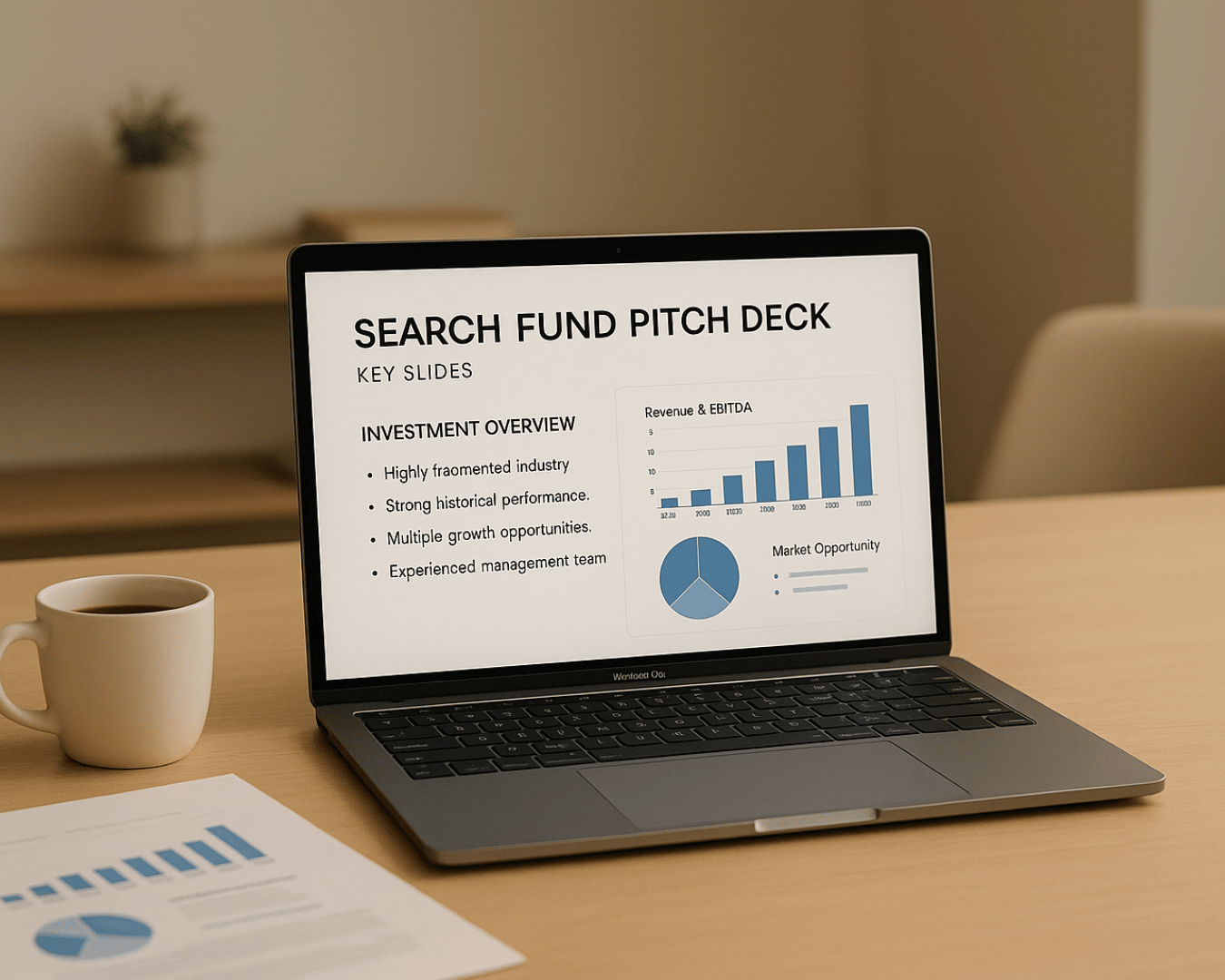






































.png)




























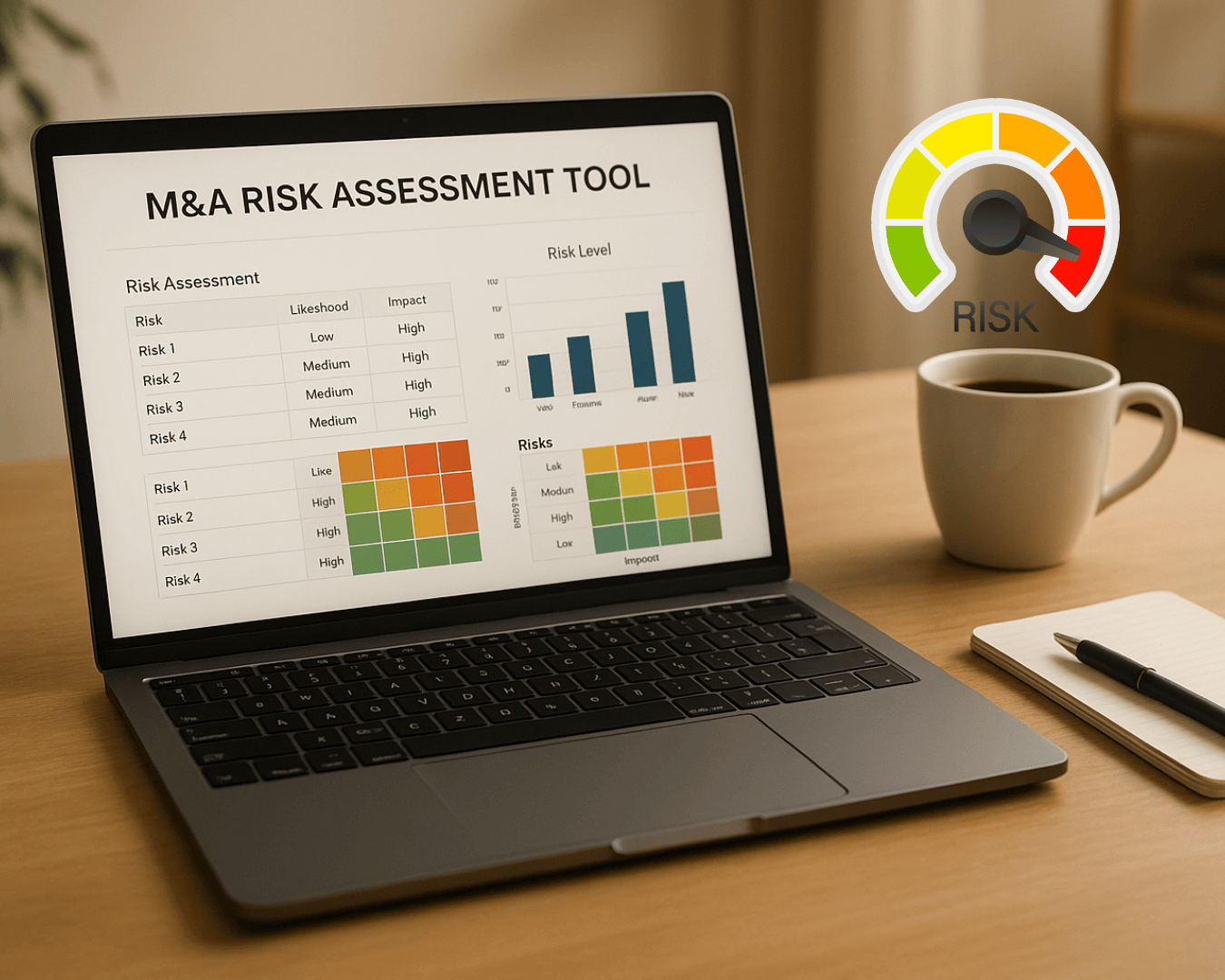











%20Loan%20Application%20Checklist.png)
